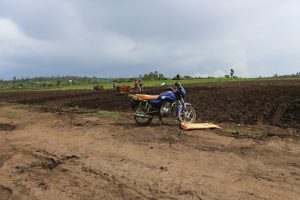Re-post from IFPRI.ORG.
Climate-smart agriculture (CSA) is an approach for transforming and reorienting agricultural systems to support food security under climate change. Few studies, however, quantify at the national scale CSA’s economic effects or compare CSA to input-intensive technologies, like fertilizer and irrigation. Such quantification may help with priority setting among competing agricultural investment options. Our study uses an integrated biophysical and economic modeling approach to quantify and contrast the economywide effects of CSA (integrated soil fertility management) and input-intensive technologies in Ethiopia’s cereal systems. We simulate impacts for 20-year sequences of variable weather, with and without climate change. Results indicate that adopting CSA technologies on a quarter of Ethiopia’s maize and wheat land increases annual gross domestic product (GDP) by an average 0.18 percent (US$49.8 million) and reduces the national poverty rate by 0.15 percentage points (112,100 people). CSA is more effective than doubling fertilizer use on the same area, which increases GDP by US$33.0 million and assists 73,300 people out of poverty. CSA and fertilizer have some substitutability, but CSA and irrigation appear complementary. Although not a panacea for food security concerns, greater adoption of CSA technologies in Ethiopia could deliver economic gains but would need substantial tailoring to farmer-specific contexts. Read more.
